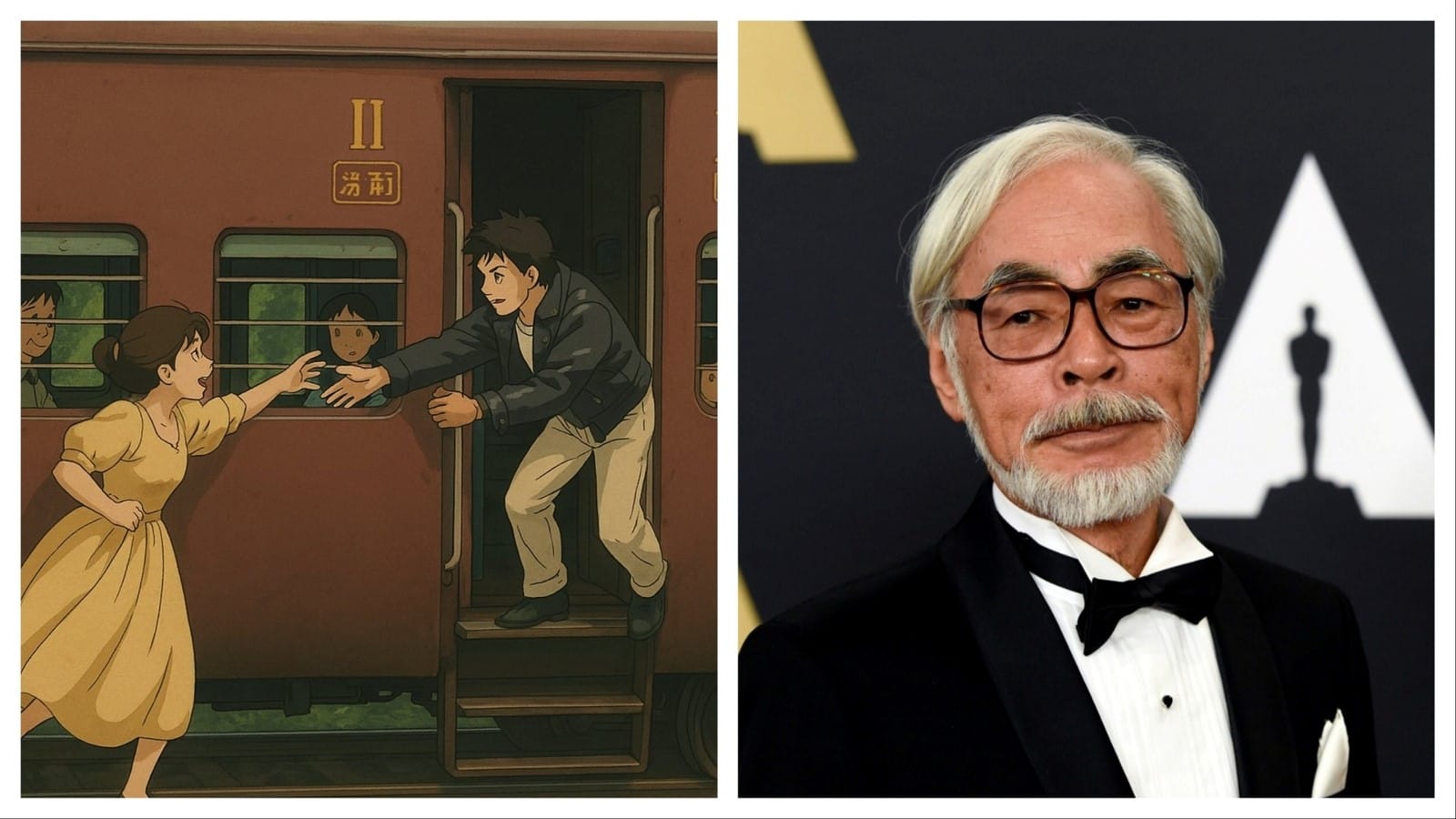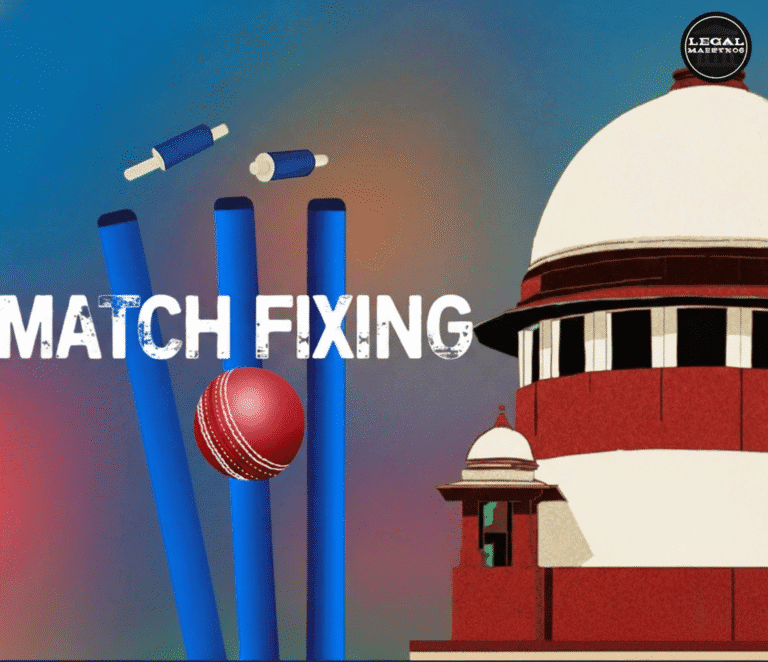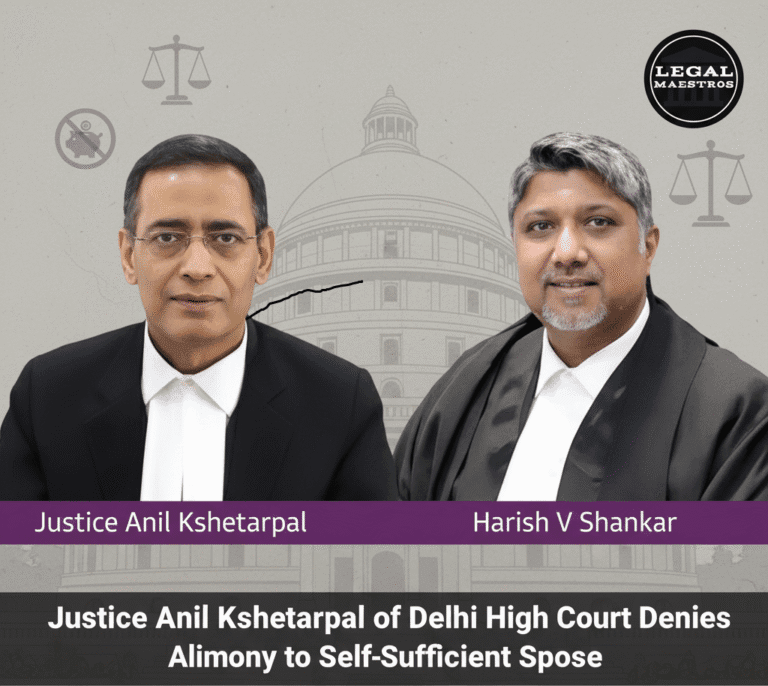
Who Owns the Copyright of Ghibli Images and What Indian Laws Say About Foreign Works
Introduction
The globe of animated movies has touched the hearts of millions, and Studio Ghibli is one of the best-acclaimed names in this domain. The pictures and paintings of Studio Ghibli movies like “Spirited Away,” “My Neighbor Totoro,” and “Princess Mononoke” are loved by audiences around the world. But the copyright of these pictures is a matter of both artistic enthusiasm and legal complexity. This article discusses the owner of Ghibli image copyright and clarifies what foreign works Indian law has to offer. It includes information on precise facts and offers readers an insight into the interface between international copyright ownership and the law in India.
Copyright Ownership of Ghibli Images
Studio Ghibli, which was established in 1985 by directors such as Hayao Miyazaki and Isao Takahata, is the primary owner of the images and creative material that is used with its movies. Original work, character designations, and still photographs used in producing these films are typically covered by copyright law. These images belong to the studio, which has the exclusive right to reproduce, distribute, and display the images. In addition, some images may be co-owned or licensed to other entities for distribution in different regions. For example, when films are distributed internationally, companies such as Disney have sometimes acquired rights to market and distribute Studio Ghibli’s work in specific territories. However, the fundamental copyright remains with Studio Ghibli or the designated rights holders in Japan.
The Copyright Framework in Japan
Under Japanese law, copyright protection is automatic upon creation. This implies that the moment an artist finishes a work, the copyright subsists without the necessity for formal registration. Images by Studio Ghibli are under this protection. The copyright holder has the exclusive rights to use the images under the Japanese copyright law. These rights include reproduction, adaptation, and display of the work. Any unauthorized use of these images, including the public display or unauthorized commercial use, can be deemed infringement. The studio has been highly protective of its intellectual property and has ensured that its creative works remain in tight control. This has assisted Studio Ghibli in preserving the integrity and quality of its brand for decades.
For any queries or to publish an article or post or advertisement on our platform, do call at +91 6377460764 or email us at contact@legalmaestros.com.
International Copyright and the Berne Convention
The protection of works of imagination such as those from Studio Ghibli is not exclusive to Japan. Most nations in the world are signatories to the Berne Convention for the Protection of Literary and Artistic Works. The Berne Convention stipulates that a work that arises in a member state has the same protection in other member states as it would if it were a home country. As Japan is a signatory to the Berne Convention, images produced by Studio Ghibli are covered by automatic copyright protection in all other countries that are members of the convention, including India. This is to say that the images are protected from unlawful use irrespective of the location of the infringement country, so copyright owners have control over their work across the world.
For More Updates & Regular Notes Join Our Whats App Group (https://chat.whatsapp.com/DkucckgAEJbCtXwXr2yIt0) and Telegram Group ( https://t.me/legalmaestroeducators )
Indian Copyright Law and Foreign Works
Indian copyright law is incorporated through the Copyright Act of 1957 and outlines the intellectual property protection structure in India. It aligns itself with world norms and, subject to observing the guidelines promulgated in the Berne Convention, favors foreign works, including their intellectual property protection under copyright. By virtue of its national legislation, the protection enjoyed by a foreign work under a work published at home is bestowed equally on work initially published overseas. This legal structure translates into the fact that Studio Ghibli images have the same protection in India as they have in Japan. The Copyright Act applies to various creative works such as literary, dramatic, musical, and artistic works. Studio Ghibli images, being classified as artistic works, fall clearly within the purview of this act.
For any queries or to publish an article or post or advertisement on our platform, do call at +91 6377460764 or email us at contact@legalmaestros.com.
According to the Copyright Act, the copyright in a work lasts for the lifetime of the author plus 60 years after their death. For works that are owned by a company, such as Studio Ghibli’s images, the period of protection is generally 60 years from the date of publication. Indian law does not distinguish between foreign and domestic works in terms of the duration or extent of copyright protection. This is a direct result of India’s adherence to the provisions of the Berne Convention. Hence, any unauthorized use, reproduction, or public display of Ghibli images in India without a valid license is likely to be considered as an infringement of copyright.
Legal Recourse for Copyright Infringement in India
When unauthorized use of images of Studio Ghibli in India takes place, the rights owner has a number of legal remedies. The Copyright Act offers remedies against infringement in the form of civil actions and, in certain instances, criminal prosecution. In civil action, the offended party can apply for injunctions to prevent future infringement and seek damages for losses suffered. Criminal offenses offered under the act provide for punishment that may include fines and imprisonment in serious cases. Indian courts have, in some cases, upheld foreign copyright owners’ rights, reaffirming that the principles of the Berne Convention are to be respected. That implies a copyright owner such as Studio Ghibli has the right to enforce its rights in Indian courts, and the judiciary is well positioned to give the same kind of protection it would provide back home.
The Role of Licensing and Fair Use
Even with the strong legal protection of copyright, there are situations where the use of copyrighted work can be allowed under specific circumstances. Indian copyright law acknowledges the principle of fair dealing, which is somewhat similar to the fair use doctrine in other countries. This permits limited use of copyrighted work without seeking permission from the owner of the copyright. Yet fair dealing is a limited exception and is usually limited to uses like research, criticism, or review. In the context of Studio Ghibli pictures, the use of fair dealing needs to be scrutinized with care. If the use of a picture lies beyond the authorized limit, like for commercial gain, the user would be offending copyright law. Licensing is the ideal channel for lawfully utilizing such images. In licensing, Studio Ghibli or its representatives license particular usages of their images, in some cases, in return for payment. The licensure ensures the studio control over its creation but with possible adaptation and sharing within legal confines.
For any queries or to publish an article or post or advertisement on our platform, do call at +91 6377460764 or email us at contact@legalmaestros.com.
Challenges in Enforcing Copyright in the Digital Age
The digital era has introduced new challenges to the enforcement of copyright laws globally, including in India. With the ready availability of digital platforms and social media, images from Studio Ghibli movies can be easily shared and disseminated across borders. This ease of sharing tends to result in cases where copyrighted images are used without due authorization. Indian authorities have made efforts to combat online copyright violations by cooperating with global organizations and technology firms. However, copyright enforcement in the digital world is still challenging. Copyright owners need to keep monitoring the internet and resort to legal action whenever needed. The Indian legal system, however, is flexible and has been modified from time to time to deal with emerging issues arising from digital dissemination. This continuous development serves the purpose of protecting foreign works, including those by Studio Ghibli, from becoming unprotected in a dynamic technological environment.
Influence on Fans and Cultural Exchange
The success of the work of Studio Ghibli has ensured the existence of a thriving fan base that appreciates the art of the films. Though copyright law is important in ensuring that creators’ rights are upheld, it may also influence how the content is shared and accessed by the fans. Indian copyright law provides for a measure of limited use on non-commercial terms based on the principle of fair dealing. The scope of the exception must, however, be grasped by the fans as well as creators of the content. Unauthorised use of copyrighted photographs, particularly for commercial purposes, is not fair dealing and may lead to legal proceedings. This fine balance between the protection of the copyright owner’s rights and the promotion of cultural exchange is a discussion that continues in most creative communities. Finally, although the law is intended to protect the interests of creators such as Studio Ghibli, it also tries to promote the free exchange of ideas and artistic inspiration.
For any queries or to publish an article or post or advertisement on our platform, do call at +91 6377460764 or email us at contact@legalmaestros.com.




